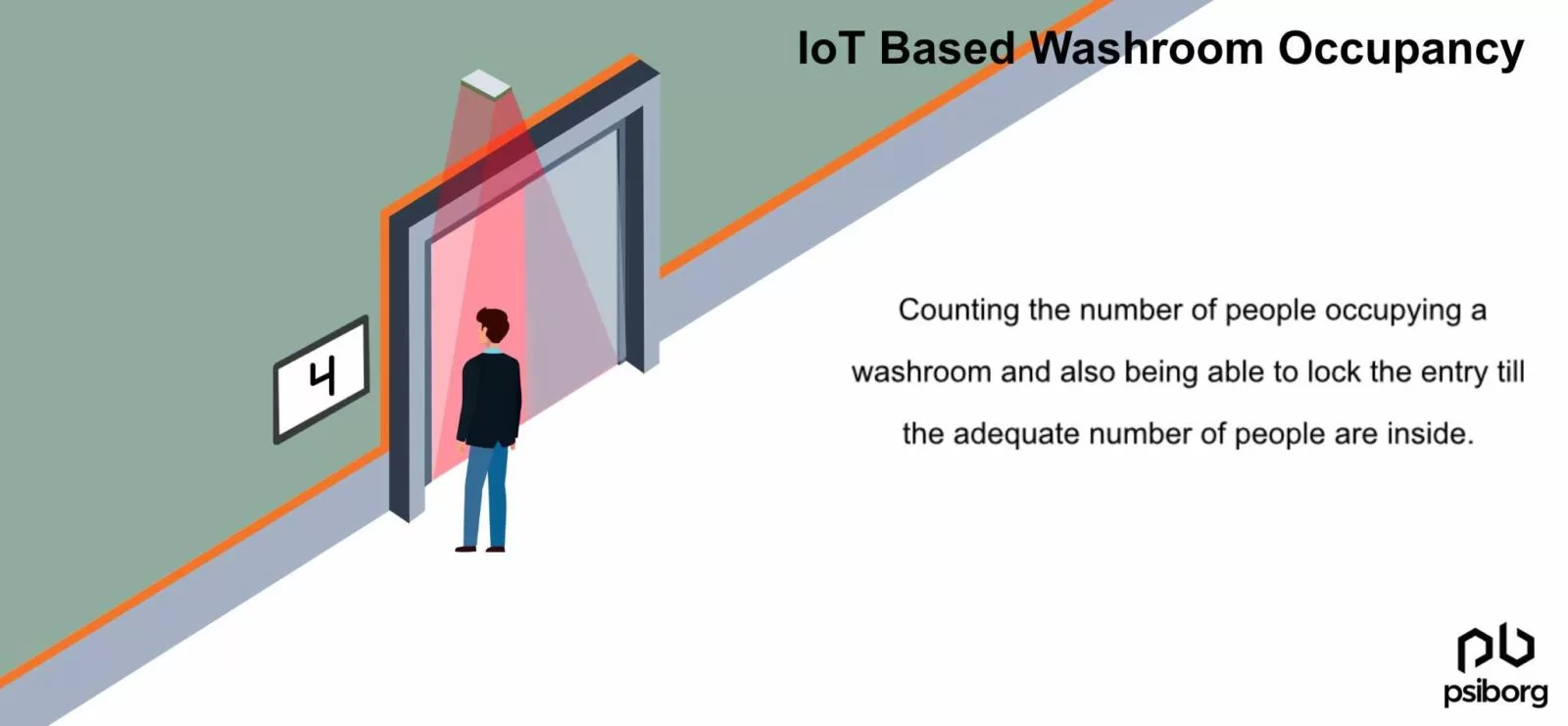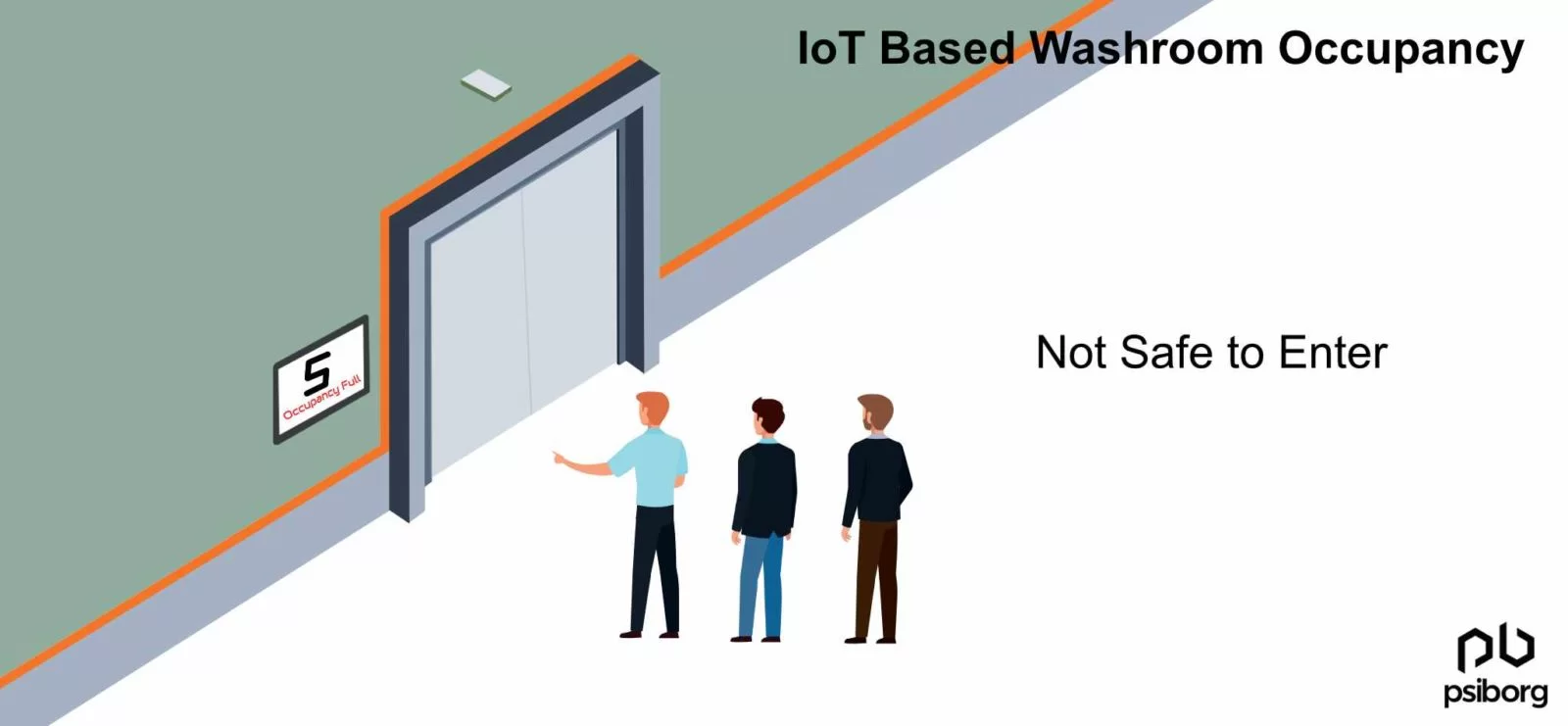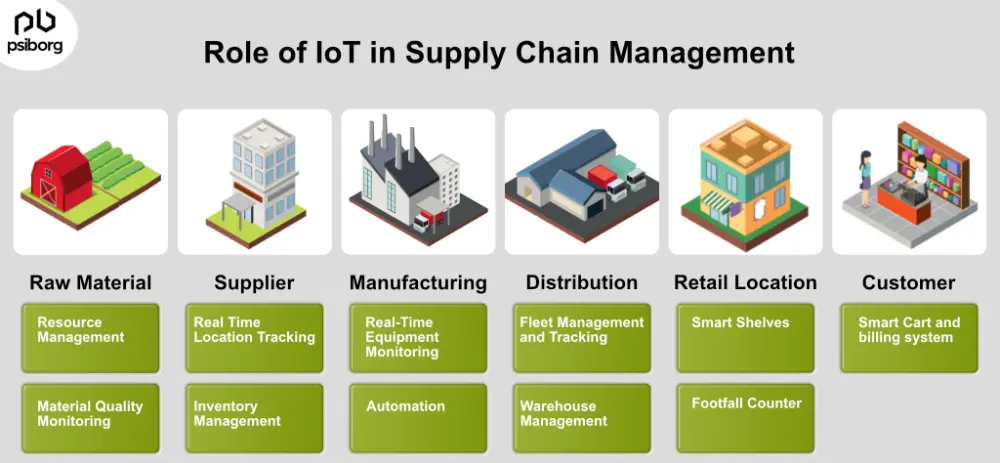WHAT IS AN OCCUPANCY MONITORING SYSTEM?
The occupancy monitoring system is a system that uses occupancy monitoring sensors deployed at different parts of an area being monitored to detect people count, people movement, duration, and other statistical information. The sensors send real-time data to a central management dashboard.
The dashboard is cloud-based and can be accessed at any time, from any connected device. It can also be configured to send instant alerts to the building manager if a specific activity takes place (e.g. flooding in the toilet) or if a planned activity does not take place (e.g. janitor does not perform cleaning at the scheduled time or the number of people in an area crosses the COVID threshold).
THE NEED FOR WASHROOM OCCUPANCY MONITORING :
A well-functioning washroom occupancy monitoring system is needed to ensure the maintenance of proper hygiene in the washroom through regular cleaning. Besides, it also ensures safety in these times of the Covid 19 pandemic by helping in the implementation of social distancing.

BENEFITS OF IOT-ENABLED WASHROOM OCCUPANCY MONITORING
WASHROOM CLEANING ON-DEMAND
It is possible to use anonymous footfall data to establish a consistent level of hygiene and cleanliness. When washroom cleaning is demand-based, it becomes easier to optimize the use of existing resources to ensure that the janitorial team cleans when needed. As an example, an alert system can be created to inform washroom cleaning staff to initiate washroom cleaning after ten people have used the facility.
ENSURES SOCIAL DISTANCING
As already discussed, an efficient washroom occupancy system helps in the realization of the goal of social distancing which is so vital in these tough covid times. In a post-pandemic scenario, it is important that all staff and customers are safe from Covid 19 risks. This can be done by limiting the number of people using the washroom at any given time. In this scenario, digital screens can ensure that people enter only after another exits the facility.

OPTIMIZATION OF STAFF SCHEDULING AND INVENTORY MANAGEMENT
The use of footfall and occupancy data enables us to see the bigger picture. In this case, one can better plan staff schedules and divert cleaning resources to high traffic hours and areas. This approach also helps better manage inventory and keep janitorial staff engaged. It can especially be useful in public washrooms where footfall is large and also erratic.
IMPROVED STAKEHOLDER EXPERIENCE
A clean bathroom helps keep us hygienic and healthy, besides lifting our mood. When public washrooms are cleaned and adequately maintained consistently, your staff, customers, and all stakeholders will have enhanced washroom experiences. This approach also helps reassure all customers and staff that their health and wellbeing are a priority.
COST SAVINGS
When your facilities are consistently clean and hygienic, you can reduce the spread of illness. This approach can have a direct impact on the number of sick days taken by employees.
Furthermore, with the help of smart sensors and footfall analytics, you can better manage your resources and eliminate waste. For example, you can use footfall counters with other intelligent technologies to switch the lights off in unoccupied washrooms.
WORKING OF IOT ENABLED WASHROOM OCCUPANCY MONITORING SYSTEM
An IoT-based washroom occupancy monitoring system uses a variety of sensors, scanners, and other sophisticated devices to implement occupancy monitoring. Here’s a list of the key components of an IoT-based washroom occupancy system:
DOOR SENSORS
In washroom occupancy monitoring applications, a door sensor counts the number of times the door is opened/closed. In conjunction with the data from the rest of our sensors in the restroom, the algorithm calculates overall traffic flow.
The sensor is a magnetic contact switch, with one half mounted on the door, and the other half mounted on the door frame. The sensor connects to a device that communicates with a gateway.
ROOM OCCUPANCY SENSORS
Different Washroom occupancy sensors use different methods to count the number of people walking in/out of a washroom. One of these methods is Time of Flight (ToF) technology. This technology detects the number of people walking in/out through the door very accurately. The IR sensing direction device will count the people walking in and walking out.
The sensor is typically installed in the ceiling and it can detect objects up to a 3-meter distance. The sensor continuously monitors the traffic and communicates with a gateway using LoRaWAN or other LPWAN technology.
BEACON SCANNERS
Beacons are Bluetooth devices that constantly emit signals that can get picked up by Bluetooth-enabled devices like mobile phones. Beacon scanners enable tracking of the janitorial staff and their check-in time, and check-out time within the specified area. This can help the facilities managers or building management system to track the movement of the janitorial staff and the time that they spend in each facility area. Beacon Scanners can also serve as toilet cleanliness monitoring systems when they are installed in restrooms to track the movement of janitors.
TRAFFIC MONITORING SENSOR
Traffic monitoring is a people count sensor which uses cutting-edge technology.
Based on radar technology, the sensor provides highly accurate position data. The sensor tracks people walking in and out of predefined areas, maintains privacy – no camera and operates in zero light environments. The sensor can be fitted above the false ceiling, the output of the sensor is in point cloud format consisting of X, Y, and Z coordinates of the identified objects. Traffic monitoring can also be used as a toilet cleanliness monitoring system by tracking the number of persons using the toilet during any given time period.
PsiBorg, a full-stack IoT development company, specializes in designing and building smart IoT solutions for a wide spectrum of modern-day needs including designing IoT-based washroom occupancy monitoring systems. Do reach out to us for more information.






